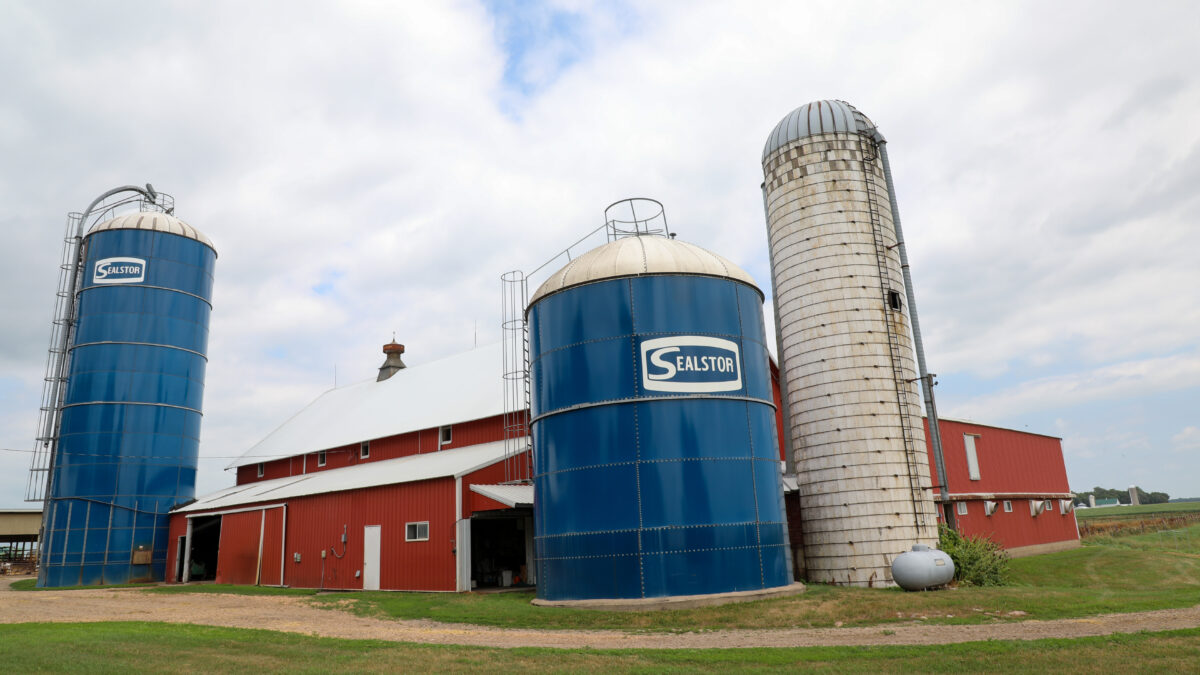Census of Agriculture Reveals Rich Data
TOPICS
Census of AgricultureRoger Cryan
Former AFBF Chief Economist

photo credit: Right Eye Digital, Used with Permission
Roger Cryan
Former AFBF Chief Economist
This week a window opens on agriculture that is revealed just once every five years.
The United States Census of Agriculture may be the world’s most detailed picture of a nation’s farm sector, providing almost incredible detail on farming and farmers at the national, state and county level, but still assuring confidentiality to the participating farmers.
USDA’s National Agricultural Statistics Service collects and reports this information just twice a decade, and the rich data collected is pored over, analyzed and put to heavy use for the next five years. Our news release on the survey results highlights several key data points.
This detail is invaluable for farmers, for the businesses they supply and the businesses that supply them, for those who study farming, for those who make farm policy and, ultimately, for all of us who depend on farm production for our food, fiber and renewable fuel.
Detail on acres devoted to a wide variety of crops, down to the county level, is priceless for those seeking supplies of farm products and seeking to supply farmers, as well to the analysis of market supply and food policy. Addressing hunger, after all, begins on the farm.
The Ag Census provides enormous value for understanding who is farming and how we can help meet their needs as they meet so many of ours.
Knowing where production is helps forecast the impact of this season’s weather – and the coming decades’ climate – on farm production and rural prosperity. Along with detail on land use practices, this identifies where existing conservation practice is working and where new practices can help sustain land-healthy production for the years to come. And new data on the use of precision agriculture provides insight into how technology and conservation work together on our farms and ranches.
Detail on operators’ age and demographics is critical for policy makers planning for the future of local agriculture, working on rural development issues, or working on farm policy that supports farmers’ productive capacity, such as the farm bill currently being debated.
Detail on farm labor and hiring practices for farms identified by their primary commodity supports our understanding of labor needs and can better define future policy, if it is to support the wide range of farm goods that this country can supply.
Similar commodity-specific detail on farm costs, including custom work, supplies, and equipment, helps us understand the upstream needs of farmers; while the detail on marketing practices can show us their downstream needs and opportunities.
And if this detail seems, perhaps, a little too detailed, know that confidentiality is an article of faith to the men and women of NASS. The missing data, marked by the letter “d” for “disclosure,” in many county and state tables are our reassurance that your individual data will not be revealed among the otherwise rich detail contained in the Ag Census. Just ask your state agricultural statistics office, and they will tell you – from memory – about the statutes protecting your data when you offer it for any and all of NASS’ statistical collections.
The work done for the Ag Census is also the foundation for all other NASS surveys. It provides them with a clear picture of where the farms are and how they can build survey samples that are more truly representative of agriculture in each state and across the country.
The Farm Bureau team, along with farmers and analysts and advocates across the nation and the world, will be using this latest Ag Census for the next five years to inform our relationships and our decisions.
The world’s need for what farmers do and grow isn’t shrinking. In fact, the world keeps finding new and bigger needs for farmers to supply food, feed, fuel, industrial inputs and, lately, environmental services.
And yet, every Ag Census finds less farmland (20 million acres less in 2022 than in 2017) and fewer farmers (142,000 fewer) in the United States.
So let’s use the same rich Ag Census data to do something about these losses, and to promote and support vibrant, diverse, productive and sustainable farming and ranching in every state.
In a nutshell, the Ag Census provides enormous value for understanding who is farming and how we can help meet their needs as they meet so many of ours.
Roger Cryan is chief economist at the American Farm Bureau Federation.
Top Issues
VIEW ALL